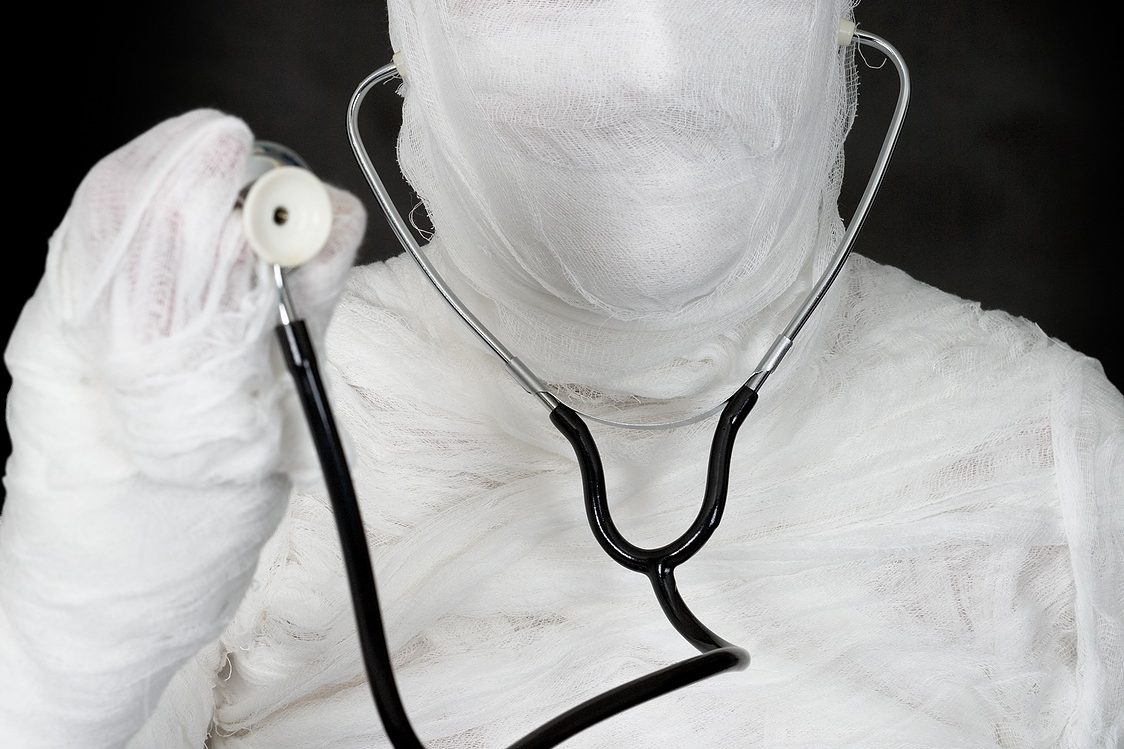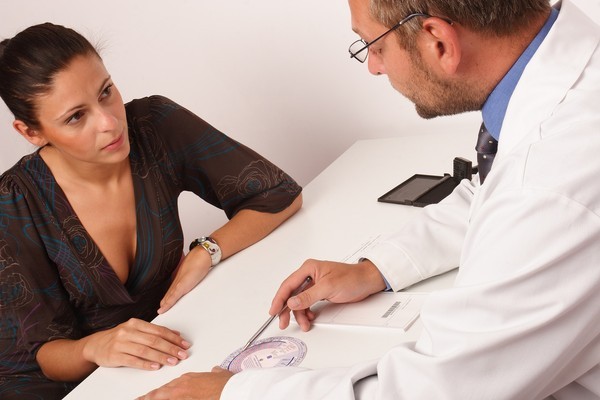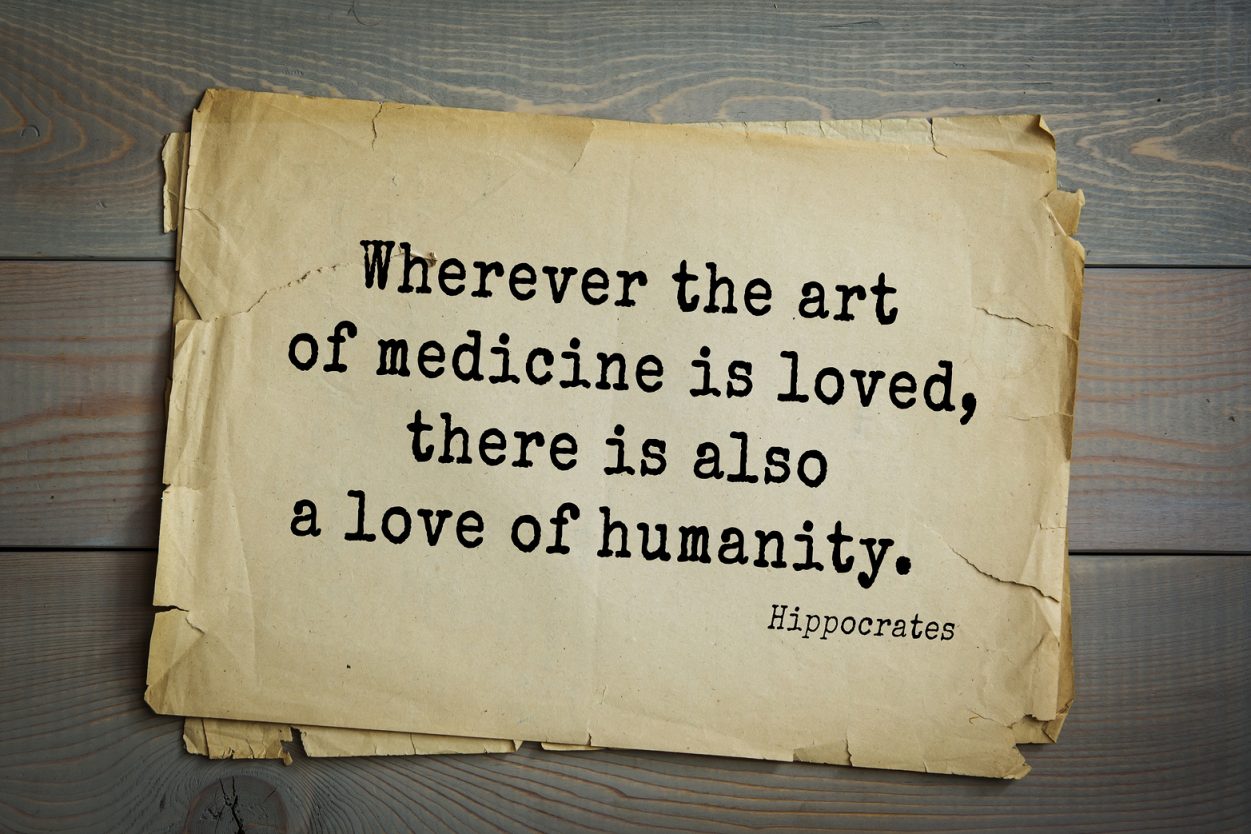In 2008, the Federal Drug Administration gave provisional approval for the use of Avastin to treat advanced breast cancer. On Nov. 18, the FDA revoked that decision. Breast cancer patients and their doctors across the Country were devastated and furious. Does this decision make sense and what can we learn?
Avastin (generic name Bevacizumab) is a manufactured antibody. It is infused by IV over about 1 hour every two to three weeks. The antibody attacks a natural chemical called VEGF-A. This chemical is responsible for stimulating new blood vessels, which help cancers grow. By blocking these tiny vessels, Avastin can slow or kill cancer. Because of this affect on the growth of blood vessels it can slow healing of wounds, raise blood pressure and cause life threatening bleeding. It is expensive, costing up to $10,000 per month.
In 2004, research demonstrated increased survival in advanced colon cancer patients, and the FDA approved its use. Subsequently the FDA certified its use in lung cancer (2006), kidney cancer (2008), and aggressive brain tumors (2009).
The breast cancer story is complicated. In the first major study, Avastin did appear to slow the rate of breast cancer growth (progression), but did not increase survival. The FDA gave provisional approval 3 years ago, hoping that new studies would show extension of life. However, multiple subsequent breast cancer studies have failed to show delay in either growth or death.
It is likely that Avastin does extend survival in some breast cancer patients, but not most. The problem is that in order to help that small group, doctors need to give an expensive drug with serious side effects to many patients it does not help. We do not yet have a method to predict which patients this drug will benefit. For this reason the FDA reversed approval of the drug for metastatic breast cancer.
Individual patients believe that the drug helped them, as do their doctors. Some may be right. For others it may have been the affect of other drugs (Avastin is not given by itself) or natural variation in the disease. For the patients who may lose access to the drug (unless they pay for it themselves, which is prohibitive) this FDA decision is frightening.
The cost of health care is out of control. With the aging population, there will be increasing numbers of cancer patients. The cost and complexity of cancer treatments is multiplying. Thus, we will definitely have increasing problems like this in the very near future. What are lessons of the Avastin experience?
First, cancer treatments are complicated. The same drug will not help all cancers. A drug will help some patients with the same cancer, but not all. Drugs produce different side effects in different people. Developing tools to predict the effect and side effects of treatments, before they are given, is crucial.
The same type of cancer will grow at a different rate, and spread in a different matter in different people. The disparate biology of cancer in different people will result in variable survival. It is difficult for individual patients and their doctors to know for sure how well complex therapies are working. Cancer is an erratic disease, and the benefit of each treatment can be subtle or delayed. There is need for careful use of tumor markers and scans, but it is very hard to know exactly what is helping a specific patient.
Cancer treatments can be very expensive and we have limited resources. We must make careful decisions. If we are not careful how we choose therapies, we will waste dollars on futile treatments. We will have more expensive, poorer quality healthcare.
Put all this together and it leads to a critical conclusion. This is the supreme importance of very careful research, and making decisions based on those studies. We must take the time and expense to design transparent investigations that can answer for us core questions. How does a drug really work? Whom does it help? Whom does it not help? Whom does it hurt? How much help does it actually provide?
When we understand a treatment, we must address the toughest question. How much are we willing to spend to achieve the benefits of that drug? Will we spend $1 to save 100 lives? Of course. Will we spend $100 million to save one life? Not really practical. Somewhere between lies the truth, at an intersection of what we want, what we can afford and what we can achieve.
Such analysis must be the basis of quality medical care. The prime hope is that the treatment that gives the most benefit, will not only give the best care but will be the most cost efficient. That is, the most bang for the buck. We must avoid malicious rationing where the “rich” get therapies they do not need and the poor get none.
Avastin is an opportune model towards building a modern health care system. Individual patients should know they are getting the best-proven care. Our society should provide high quality care that we can sustain and afford. If we take the lessons of research-based quality to heart, affordable medical care is within our grasp.







Comment